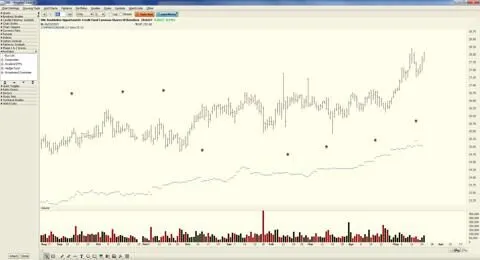Investors who utilize closed-end funds (CEFs) regularly in their portfolio strategy can identify with the inefficient nature of the day-to-day price swings in the marketplace. In the past, opportunities that I thought would be short-lived have often dragged on for weeks or months as the market ultimately synced up with my thesis that the fund was undervalued. CEF investors need to understand the nonsensical nature of this style of investing before they can truly identify and benefit from price dislocations when they materialize. The purpose of this article is to share some of my experiences and observations running a CEF portfolio.
Better late than never?
Not exactly. When it comes to buying or selling positions in my firm’s CEF strategy, I subscribe to the notion that I would rather be a few minutes early than a minute too late. Think about it this way – if I have a fund on my watchlist that has reached its entry target for new money, I’m going to stick to my plan and begin my purchases. Even if the price continues lower in the short run, I always fall back on my fundamental research, and take confidence in knowing that my thesis will eventually play out in the ensuing market environment.
Conversely, If I own a position trading at a historically stretched premium to its NAV, I simply begin my sales. Although the fund may not present any other evidence that the uptrend is going to change, I have all the reason I need to cast aside that position to reduce my risk. Investments can be held for many different reasons, but following a basic strategy like this can enhance your returns and keep you out of trouble when valuations get over extended. Changes happen abruptly in the CEF environment, so be prepared and stick to your plan.
A recent example of a position that I discussed in part 1 of my three part series, The Leveraged Income and Alpha Strategy, is the DoubleLine Opportunistic Credit Fund (DBL). Over the last week the premium has extended to roughly 11.5%, near its 52-week high, which are levels that no longer look attractive to me based on the current mix of securities within its portfolio. In my opinion, the NAV performance will not close the gap on the price performance in a reasonable amount of time, in fact, the opposite will likely happen. In the back on my mind I know the fund could go to a 15% premium. However, at these levels the price can easily revert to its historical norm at 8% or lower. I like better odds in my risk-to-reward framework than DBL is offering right now, so it has been a position that I have been reducing exposure to. CEF investors should be diligent, since monitoring the funds you own is just as important as monitoring the funds you don’t.

(click to enlarge)